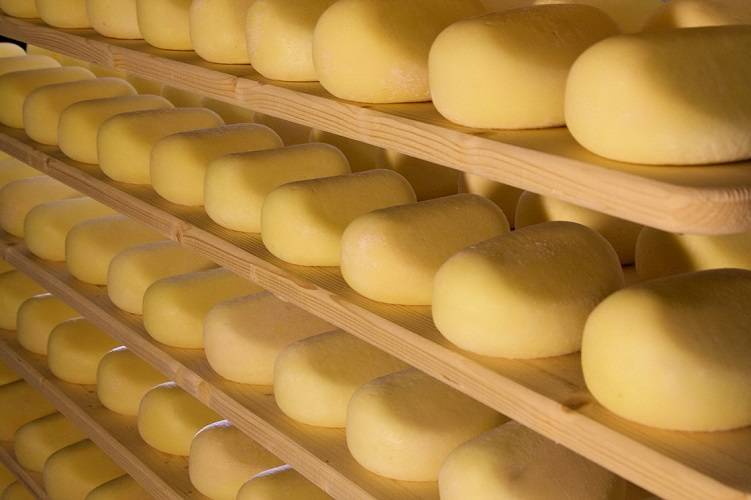Counting Sheep in Toscana
In Toscana, the hills are alive with the sound of — sheep! Baaing and bleating to their hearts' content.
It's true. While the region's Chianina cattle and goats are known across the world, sheep truly reign supreme. You can't spend a day in Toscana without spotting a flock.
Since the days of the Etruscans, sheep have been a staple of Tuscan life. They provide wool, meat, and — most importantly — milk! Sheep's milk produces rich, flavorful cheeses that vary from sweet and delicate to nutty and intense, depending on how long they are aged.
Traditionally, sheep used to graze close to home in the warmer months. In late fall, before the winter storms, they were guided south to the Maremma, an area along the Mediterranean coast where the hills are warmed by the sea breeze. The shepherds traveled with their flocks past cities and across the countryside, leading a true nomadic lifestyle. Then, in the spring, sheep and shepherd would head back home to higher lands, beginning the cycle again.
Dating back to the 1400s in Pisa, this seasonal migration is known as tranzumanza, or transhumance — "crossing the land."
Today, transumanza is nearly extinct. In the late 1800s, as Italy was besieged by battles, farmers retreated from their pastures to the safety of walled cities. The tradition slowly diminished, along with the old cheesemaking techniques.
Happily, lately there has been a revival of ancient cheese customs in Italy and across the world. We can thank the institution of DOP (protected designation of origin) and other Italian food consortia, which place renewed value on how and where these authentic products are created. Every step of the process, from where the sheep graze to how long the cheese aged, makes a difference in the flavor of the resulting formaggi.




































i-Italy
Facebook
Google+
This work may not be reproduced, in whole or in part, without prior written permission.
Questo lavoro non può essere riprodotto, in tutto o in parte, senza permesso scritto.